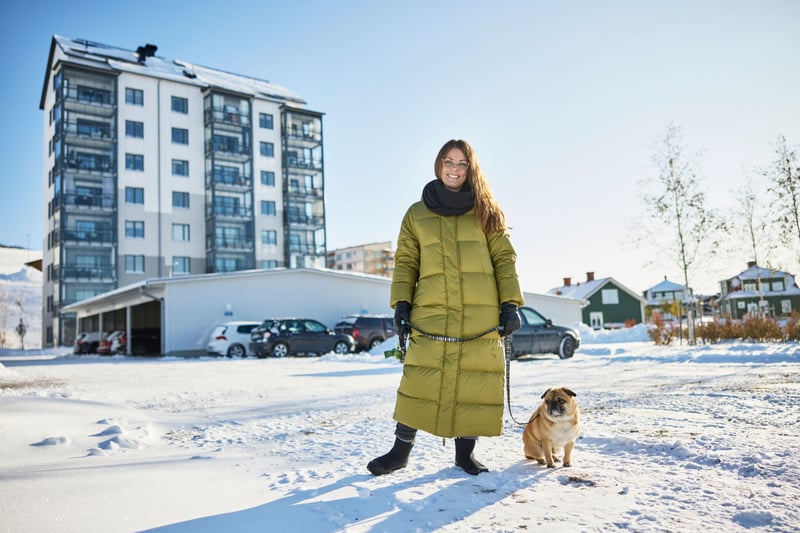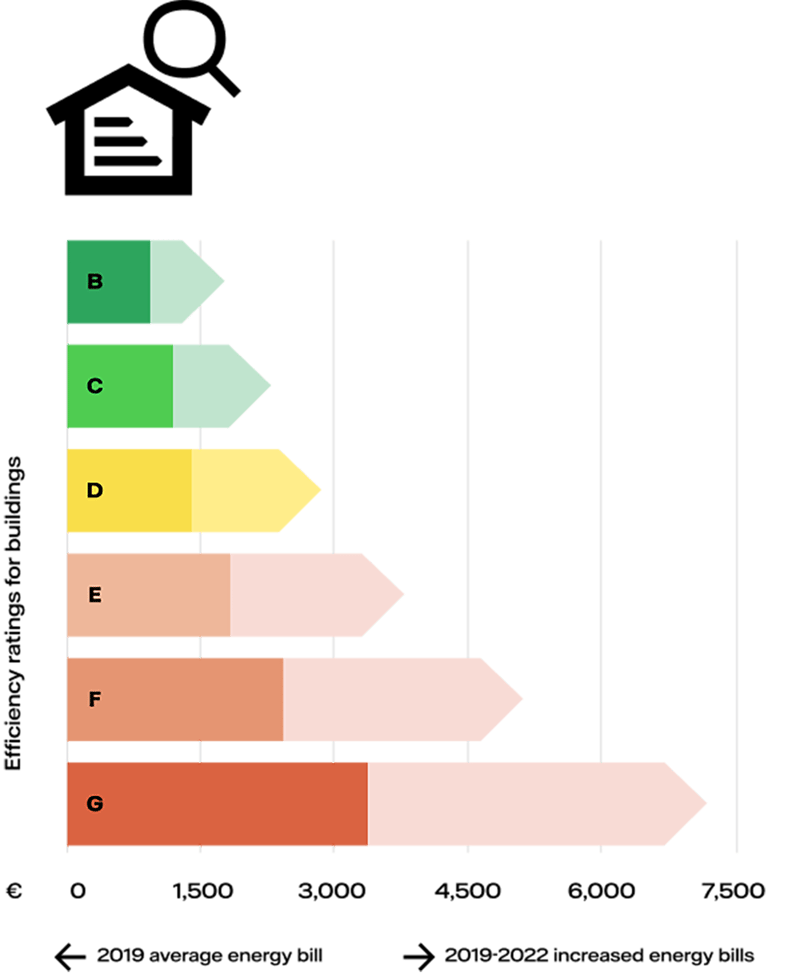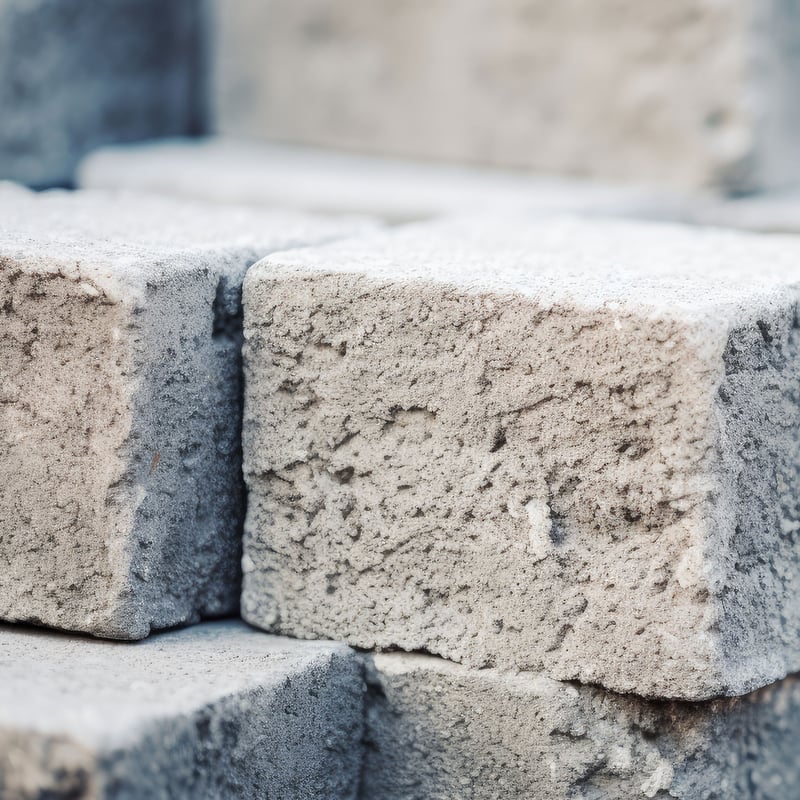THE EDIT
Issue #8, Energy Efficiency, November 2023

Kiruna resident Johanna Lindgren is impressed by the energy efficiency of her flat. But the main advantage is the location, with a view over Sweden’s highest mountain. “The rest is a bonus,” she says. Photo: Hans-Olof Utsi
North of the Arctic Circle. How come her house needs less energy than the average European building?
What to know: In the mining town of Kiruna in the far north of Sweden, there is snow on the ground half the year and temperatures drop below minus 30 degrees in winter. And yet, many buildings here use less energy than homes in the rest of Sweden and the EU. The reason may surprise you.
Why it matters: Buildings account for roughly 40 per cent of EU energy consumption and 36 per cent of carbon dioxide emissions. Given its extreme conditions, Kiruna is the ideal testing ground for energy-saving measures for the rest of Europe. If you can build energy-efficient buildings here, you can do it almost anywhere.
How AI is changing the way we heat and cool our homes
Imagine a home that learns how to keep you comfortable while saving energy. AI’s ability to analyse data, predict needs, and optimise energy consumption in real time is already making a real impact on some buildings’ energy costs, while at the same time enhancing the comfort of occupants.

Less time in the shower is one of the most effective ways to save energy. But don’t replace showers with baths. Photo: Anja Robertus
Six energy saving blunders to avoid this winter – and what to do instead
As winter approaches, so do concerns about energy costs. But not all advice is good advice. In this guide, THE EDIT uncovers common misconceptions and explores the expert-backed tips that will help you save money while staying warm during the coldest months of the year.
Counting the cost – how building efficiency shapes your energy bill

An energy-efficient house offers a dual advantage. Energy costs are lower to begin with, and when energy prices go up, the increase in costs is significantly lower compared to less energy-efficient buildings. The graph shows typical annual household energy bills by building energy performance certificate rating, in the UK at summer 2019 and October 2022 prices. iea.org
Efficient use of power made hydrogen 40% cheaper

HYBRIT’s hydrogen storage has been tested commercially for the first time. By adding storage, the cost of producing fossil-free hydrogen can be cut by up to 40 per cent – thereby reducing the cost of producing fossil-free steel.
News flash
3 x quick updates from the energy world

Better bury than burn
Biochar is one of the easiest and cheapest ways to capture carbon dioxide from the atmosphere. Can this old-school method turn agriculture into a climate solution?
(grist.org)

It’s cement to be
Approximately 8 per cent of human-made CO2 emissions originate from the cement industry. Here are six innovative approaches by six different startups to reduce that figure.
(canarymedia.com)

Surprising support
Most Americans would not object to fields of solar panels and wind turbines being built in their communities, according to a Washington Post – University of Maryland poll.
(rachelcarsoncouncil.org)
And finally …
Graphene in plastic – it’s fantastic
US researchers have found a valuable way to make use of plastic waste, without causing CO2 emissions. The new technology turns plastic bags and other waste plastic into hydrogen gas and graphene, which is used in products such as mobile phones, batteries and aircraft, writes
advancedsciencenews.com
